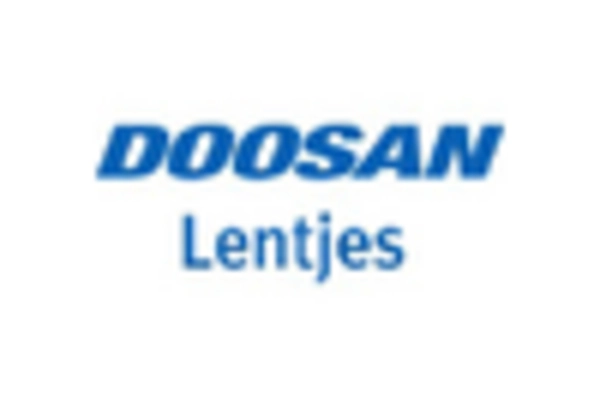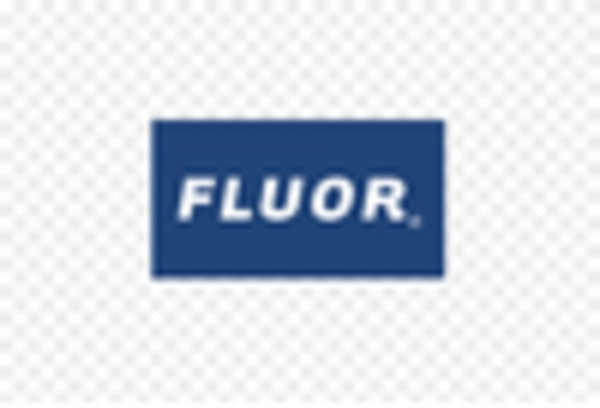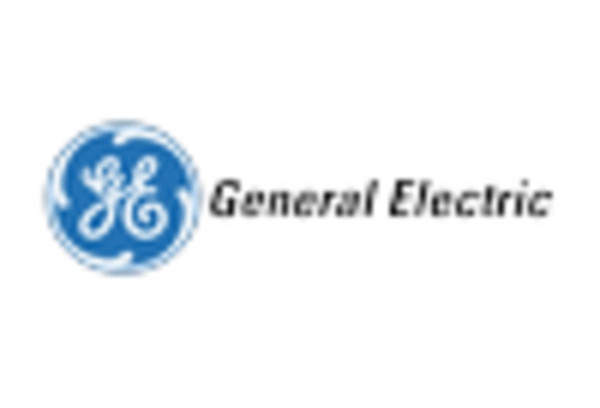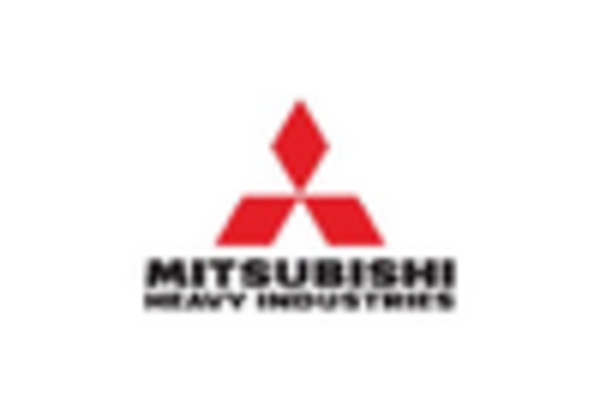Focus on Sustainable Practices
The Wet Flue Gas Desulfurization System Market is increasingly influenced by the global shift towards sustainable practices and corporate responsibility. Companies are recognizing the importance of reducing their carbon footprint and enhancing their environmental stewardship. This shift is prompting industries to invest in technologies that not only comply with regulations but also demonstrate a commitment to sustainability. Wet flue gas desulfurization systems play a crucial role in this transition by effectively reducing harmful emissions. As stakeholders, including consumers and investors, demand greater accountability from businesses, the adoption of these systems is likely to become a strategic priority. This focus on sustainability is expected to drive market growth as organizations seek to align their operations with environmental goals.
Increasing Environmental Regulations
The Wet Flue Gas Desulfurization System Market is experiencing a surge in demand due to stringent environmental regulations aimed at reducing sulfur dioxide emissions. Governments worldwide are implementing laws that require industries, particularly power plants and manufacturing facilities, to adopt technologies that minimize air pollutants. For instance, regulations such as the Clean Air Act in the United States mandate the installation of flue gas desulfurization systems to comply with emission standards. This regulatory landscape is driving investments in wet flue gas desulfurization technologies, as companies seek to avoid penalties and enhance their sustainability profiles. The market is projected to grow as more jurisdictions adopt similar regulations, compelling industries to upgrade their emission control systems.
Investment in Clean Energy Technologies
The Wet Flue Gas Desulfurization System Market is witnessing increased investment in clean energy technologies as part of a broader effort to transition to low-carbon economies. Governments and private entities are channeling funds into research and development of innovative desulfurization solutions that can operate efficiently alongside renewable energy sources. This investment is crucial for enhancing the performance of wet flue gas desulfurization systems, making them more compatible with cleaner energy production methods. As the energy landscape evolves, the integration of these systems with renewable technologies is likely to become more prevalent, thereby expanding their market presence. The commitment to clean energy initiatives is expected to further stimulate demand for effective desulfurization solutions, positioning the market for sustained growth.
Rising Energy Demand and Industrial Growth
The Wet Flue Gas Desulfurization System Market is poised for growth due to the rising energy demand and industrial expansion across various sectors. As economies develop, the need for energy production increases, leading to higher emissions of sulfur dioxide from fossil fuel combustion. This scenario necessitates the implementation of effective desulfurization technologies to mitigate environmental impacts. The International Energy Agency has indicated that global energy demand is expected to rise significantly, which in turn drives the need for cleaner technologies in power generation. Consequently, industries are investing in wet flue gas desulfurization systems to comply with environmental standards while meeting the growing energy needs. This trend is likely to sustain the market's upward trajectory in the coming years.
Technological Advancements in Desulfurization
The Wet Flue Gas Desulfurization System Market is benefiting from rapid technological advancements that enhance the efficiency and effectiveness of desulfurization processes. Innovations such as improved absorbent materials and advanced process designs are enabling systems to achieve higher sulfur dioxide removal rates while reducing operational costs. For example, the development of new sorbents has shown potential to increase the absorption capacity significantly, thus optimizing the overall performance of wet flue gas desulfurization systems. As industries strive for cost-effective solutions to meet regulatory requirements, the adoption of these advanced technologies is likely to accelerate, further propelling market growth. The integration of automation and monitoring technologies also contributes to operational efficiency, making these systems more attractive to end-users.

















Leave a Comment